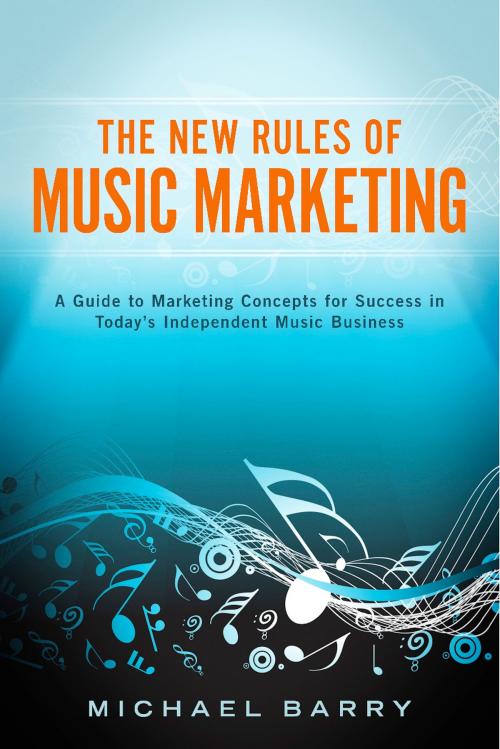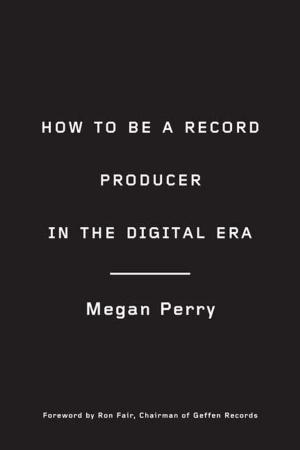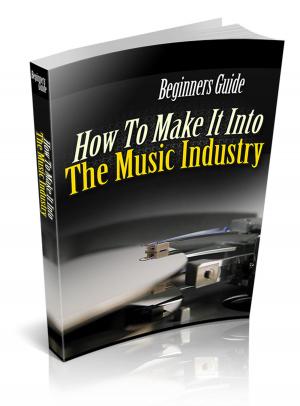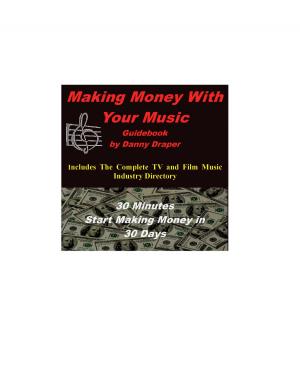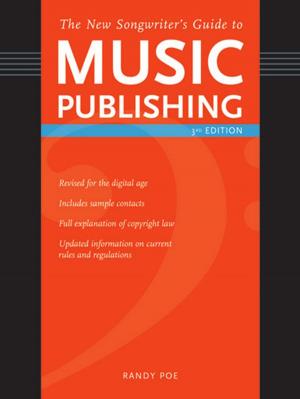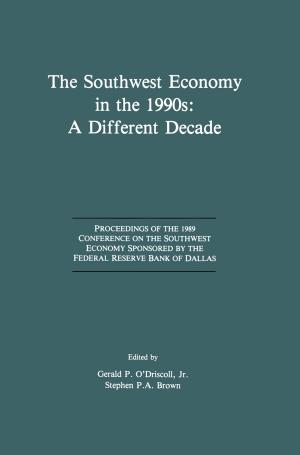The New Rules of Music Marketing
Nonfiction, Entertainment, Music, Business & Technical, Business Aspects| Author: | Michael Barry | ISBN: | 9780989522106 |
| Publisher: | Princeton Creative Marketing | Publication: | August 1, 2013 |
| Imprint: | Language: | English |
| Author: | Michael Barry |
| ISBN: | 9780989522106 |
| Publisher: | Princeton Creative Marketing |
| Publication: | August 1, 2013 |
| Imprint: | |
| Language: | English |
The average independent musician, that is, a musician without a major label or publishing contract, struggles to earn a living even in the best of times. Those lucky enough to be salaried musicians, such as music directors or staff composers, earn an average salary of about $35,000 a year. Of the roughly 250,000 or so who list themselves as musicians on their tax returns, 40 percent are employed only part-time, and almost half are self-employed. About 85% of all CDs released every year sell fewer than 100 copies, and most musicians will never be able to earn a full time living from the music business. It doesn’t really sound like the best business to be in, does it? On the other hand, in May of 2012, without any major label support, independent musician Amanda Palmer raised $1,192,793 (in thirty days!) from fans and supporters through “crowdfunding” on Kickstarter.com. That same month, thousands of good musicians struggled to pay the rent. Clearly, for many musicians, there is a problem here, yet a handful seem to have found a goldmine. What enables one of these musicians to pull in over a million dollars in a month, while so many others muddle along for years barely earning a living wage? There is no simple answer, but if I had to choose one factor, it would be marketing. Not talent, not luck, not money. Marketing. Unfortunately, most musicians don’t understand what marketing is. To succeed in this business, you have to first understand the rules. It would be nice to believe that there aren’t any, but in fact there are. The good news is that The New Rules of Music Marketing is here to help.
The average independent musician, that is, a musician without a major label or publishing contract, struggles to earn a living even in the best of times. Those lucky enough to be salaried musicians, such as music directors or staff composers, earn an average salary of about $35,000 a year. Of the roughly 250,000 or so who list themselves as musicians on their tax returns, 40 percent are employed only part-time, and almost half are self-employed. About 85% of all CDs released every year sell fewer than 100 copies, and most musicians will never be able to earn a full time living from the music business. It doesn’t really sound like the best business to be in, does it? On the other hand, in May of 2012, without any major label support, independent musician Amanda Palmer raised $1,192,793 (in thirty days!) from fans and supporters through “crowdfunding” on Kickstarter.com. That same month, thousands of good musicians struggled to pay the rent. Clearly, for many musicians, there is a problem here, yet a handful seem to have found a goldmine. What enables one of these musicians to pull in over a million dollars in a month, while so many others muddle along for years barely earning a living wage? There is no simple answer, but if I had to choose one factor, it would be marketing. Not talent, not luck, not money. Marketing. Unfortunately, most musicians don’t understand what marketing is. To succeed in this business, you have to first understand the rules. It would be nice to believe that there aren’t any, but in fact there are. The good news is that The New Rules of Music Marketing is here to help.
